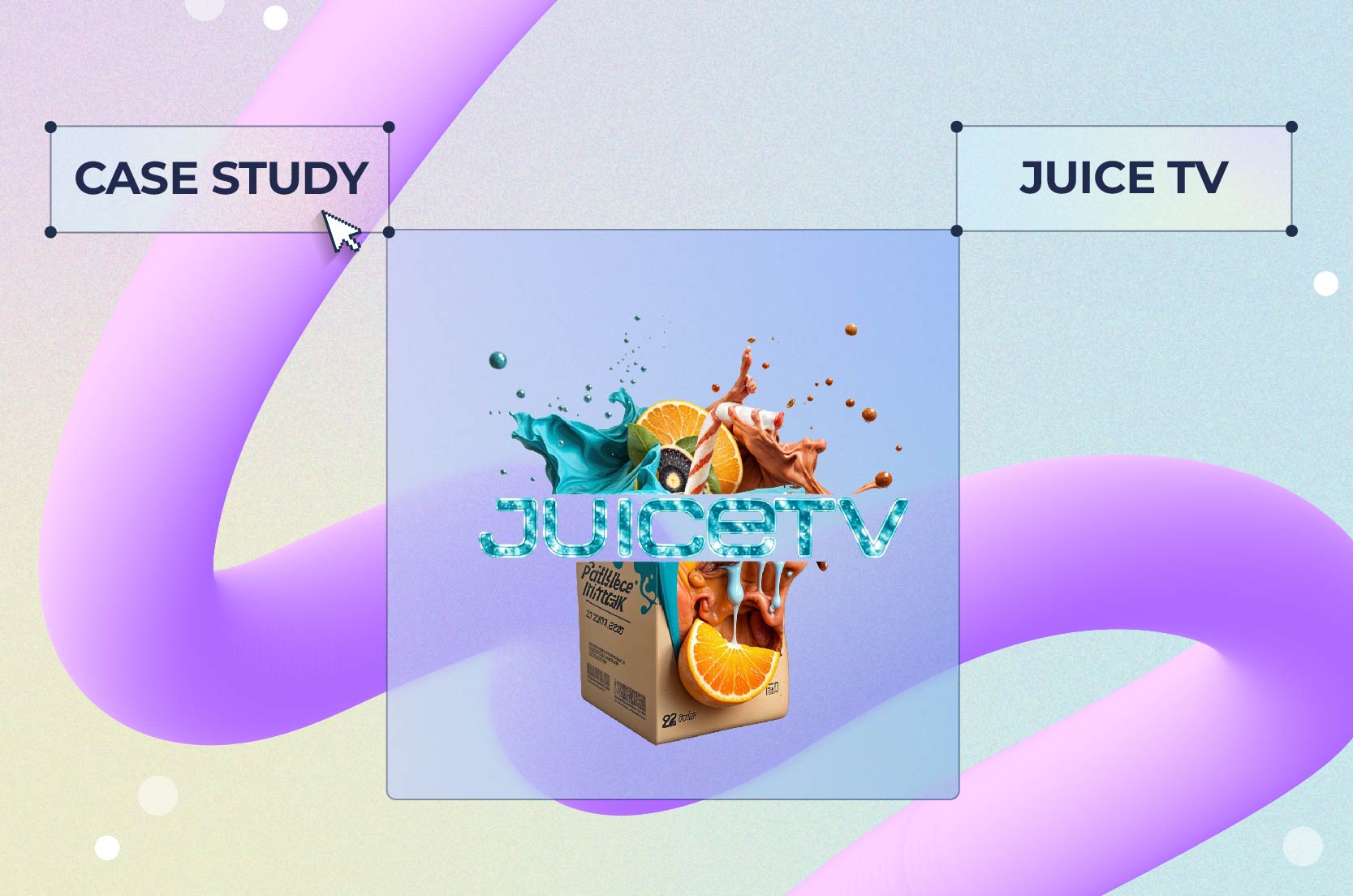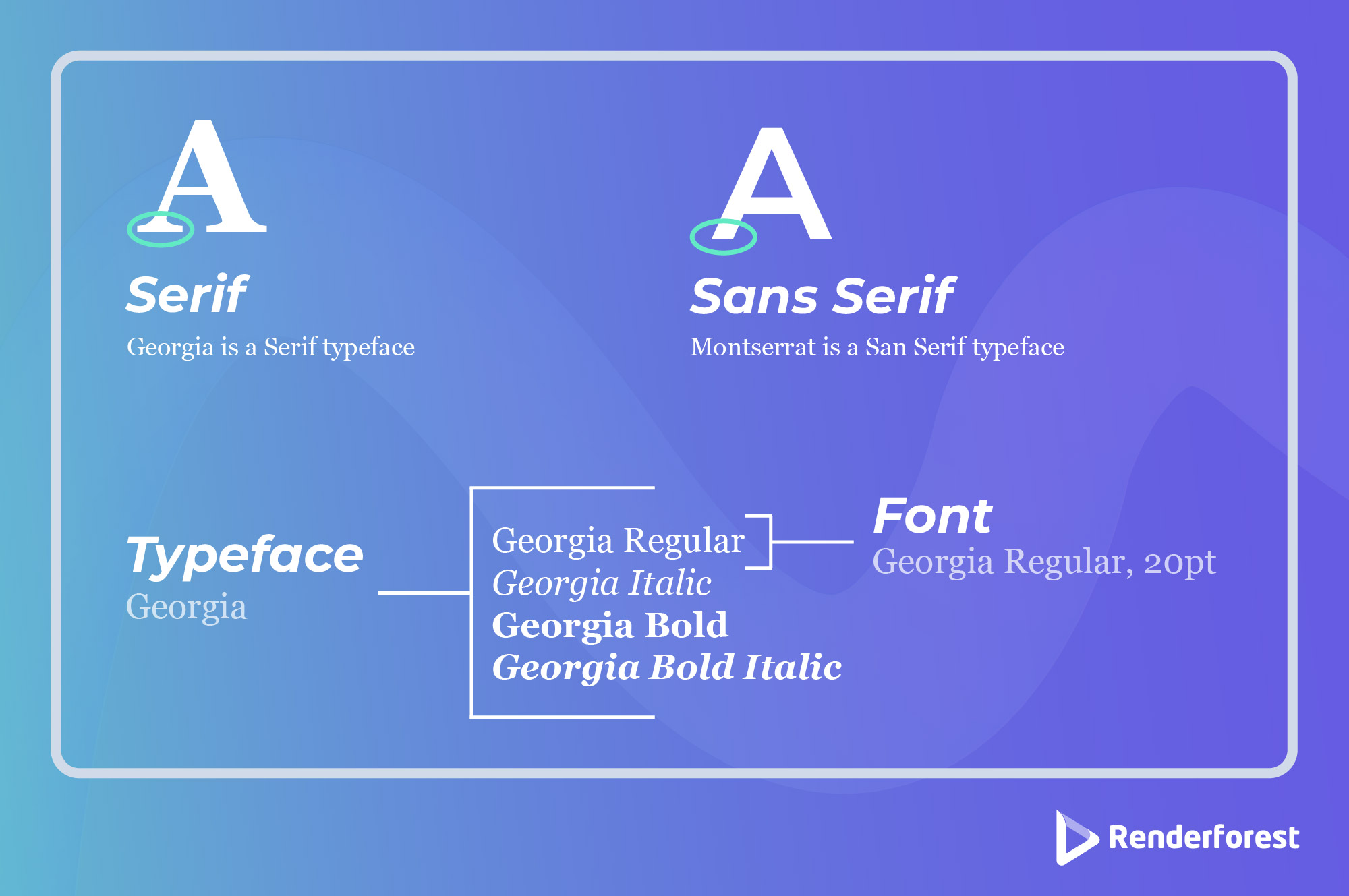
Case Studies
Sorry for the bad news from the start, but your brand will likely lose 60% of potential customers if the latter find your company’s logo unappealing or outdated.
A poorly designed logo says, “don’t trust me!“, whereas a memorable logo with a great original design says, “trust me, and you won’t regret it!“.
Designing a great logo will be a necessary step to building a powerful and recognizable brand. So let’s learn how to create a logo from scratch that will do its job well and bring more customers to your business.
Imagine that first impression your product should make on potential buyers. What should it be? Do you want to make a deep emotional connection or be fun and witty?
The below tips will help you answer this question profoundly and make a stunning logo design that is not just nice but expresses the spirit of your company and its values.
You need some good food for your brain to activate its Imagination, Salience and Executive Attention networks successfully. What we call creativity is produced in this system, which needs to be inspired first. Thankfully, there are many sources of design inspiration you can use.
Not enough to make your creative juices flow? Check some other helpful sources.
While it’s contradictory how your target audience can react to your logo design, brand name and other brand elements, the color language is straightforward.
Color associations are firmly rooted in us by nature.
The sky, a symbol of inspiration, is usually blue. So, blue tones in logos are usually preferred by organizations that want to show professionalism, reliability and trust.
The sun, our source of the warm and joyful season, is yellow. So, yellow is often used by companies whose brand is associated with fun, joy and energy.
Though most brands use no more than 2 colors in their logo, there are successful cases when 3-4 colors were used.
The color theory highlights several working combinations.
Renderforest has predefined color palettes you can choose with one click instead of spending hours finding the perfect combination. These color schemes are based on different style trends, so you can easily pick the one that best reflects your brand identity.

Do not confuse typefaces with fonts.
Typeface is a set of design features defining a certain type of lettering. For example, Serif, Sans Serif, Script and Didone are typefaces.
Each of these typefaces has its variant sets which are fonts. For example, Times New Roman and Georgia are fonts of Serif typeface, each presenting a different way of the same style of lettering.

There are some fonts that are considered to be the best for modern logo designs. But you can also pick any font with the characteristics you need or use our custom font upload capability to ensure the text fits your logo’s style.

Great things don’t come at once. So don’t expect your perfect logo design to be created in one go. It is essential to create several rough logo versions before deciding on the final version.
When you have a general idea of the logo, start drafting it on paper or any other sketching tool.
Use different color combinations and font variations to see which one works better. Create drafts and see how your idea works on business cards or letterheads.
You might be surprised how each next version will look more visually appealing unless you get the one that satisfies you and your business.
To simplify your choice among created drafts, ask others for their opinion.
To have comprehensive feedback, you can divide your target audience into several groups:
You can also ask professional designers or branding experts for their opinion. Though you are in charge of making the final decision, it is always good to hear different opinions before doing so.
Done with the final design? Everyone’s happy? Great!
Now you might need several variations for your logo because the initial version you made for, let’s say, the website can look bad on your business card or social media. That’s why you might create several color versions of the same logo or turn separate logo elements (such as icon or the first letter) into a separate logo variation.

Further, share a vector file of your logo with company members, so they can resize and use it everywhere without losing quality.
Grasped the basics of logo design? Let’s now see how you can create one with a professional logo-maker tool Renderforest.
What if you could see a professionally-designed draft of your logo in 1-2 seconds after typing your company name? Interesting? Then try it out!
Renderforest is a multipurpose design tool with a powerful, AI-based logo maker that has ready-to-use logo templates for any business and any purpose.
It has advanced design suggestions for any niche, allowing you to get a whole bunch of logo variations for your business in seconds. Ready templates can be customized just as much as you need. You can play with text fonts, icons, color palettes, backgrounds and layout of elements.
So, you don’t need to worry about having a plagiarized, AI-developed logo that can be mistaken for someone else’s. Renderforest will simplify the most complicated initial stage of ideation and leave the rest to you so that the end result is a completely unique logo that perfectly fits your brand.
There are two key options to create a logo from scratch with Renderforest – with the ready templates or AI-powered custom suggestions.
Let’s see how each one works!
As the first option, you can tell Renderforest about your company and have logo design suggestions based on AI algorithms and tools working behind the scenes.
Head to Renderforest’s AI logo maker to start the process.
It’s crucial to talk to Renderforest’s AI in an understandable way.

Further, you need to pick a style for your logo. Beyond the visual appeal, you should ensure it aligns with your brand guidelines, colors, and overall identity.
You can choose one of Renderforest’s suggested styles or leave it to AI.

If you leave it to AI, Renderforest will suggest unlimited options based on your provided company information. To better understand which option fits you, the suggested logos will be displayed in numerous versions, such as printed and digital, so that you can see how a certain logo will work on all your brand’s materials.
Choose any option and start customizing.

When wondering how to create a logo from scratch, choose Renderforest to customize any element of your logo in the editor’s dashboard. The layout, text colors and fonts can be changed. Additionally, you can also change the background color of the logo and add icons grouped by categories which you can drag and drop into your logo.

Once all the hard work is done and your logo looks the way you want, you can download your logo in multiple file formats and sizes. Whether you need JPG, PNG, SVG, or other formats, Renderforest’s logo maker will provide you with the right options.

And the cherry on top. You can also animate a logo and choose between many logos reveal video styles available. But that’s not all. You can even create three-dimensional animated logos using the online 3D animation logo maker free of charge. With high-quality animated logos, you can start the new season of your business in style.
As another option, you can choose ready-to-use logo templates stored in a library where you can search for any template based on your industry, mood board, or other criteria. Just use the search bar on the top to filter relevant suggestions for your brand.
 |
 |
 |
As you see, the technical side of visualizing any brand can be easily managed with modern logo-making tools. But, the design is only part of the puzzle – the last puzzle.
Before you visualize your brand, you need to think well about your brand identity, which is the foundation of your logo, colors, and font – any visual element associated with your brand.
People go after promises, values and emotions. So, you need a strong foundation and an effective identity strategy to ensure all your materials express the same message across different platforms.
Your brand identity can be described as the summary of answers to the below questions:
Think of these questions thoroughly before you start any logo-making process. To create the best visual expression of your brand, you need to know what you stand for.
Your logo – that small visual element – consists of 6 key elements forming its anatomy, each of which has its own role.

Logomark is the recognizable symbol of your logo, which could be a letter mark, pictorial mark, abstract mark or a combination. It always appears separately from other logo elements when used in a small format. Since logomarks are sometimes used separately from the logo, it’s important to make sure that your logomark alone translates your brand’s message and can stick in people’s minds.

Wordmark is the written portion of the logo, which is usually the name of your brand or its abbreviation. Not rarely do companies use only wordmark as their logo, omitting the logomark. It’s crucial to consider that wordmarks should be readable and suitable for all other text elements used across different materials. For example, you should use wordmark font in your business cards, website, e-mail signatures and other materials.

Tagline is the clarifying secondary text used to explain your brand’s message and its values. It usually appears in a smaller font or lighter color, sometimes in a different font. Taglines are not part of the logo, but they work together with your logo to deliver the brand’s values and messages more effectively. Many brands even use their slogans as their taglines, leaving room for changing the slogan without changing the logo in case there are strategy changes.

Some brands highlight their founding dates and locations in their logos. It’s a great way to express the brand’s commitment and where it comes from. This trick is also used when the company’s age or the location of the foundation is its competitive advantage. For example, companies with a rich history of several centuries use their founding dates to show the time-tested excellence of their services. Brands that are founded in the homelands of highly-valued products (like champagne, diamonds or watches) use their locations to reinforce the values of their goods.

Framing is not a must-have logo design element. But when used correctly, it can greatly enhance the message of your logo. Framing divides the logomark from other elements and emphasizes its importance within the logo design. Framing is also needed in case you want to use a combination of logomarks with a wordmark or tagline. In this case, the frame can emphasize the core of the logo and drive attention to the part which needs focus. Logo frames can be circles, rectangles or other shapes – simple or embellished.

Lastly, there is the background, which in many cases, is transparent. However, some logos are designed with a colored background or a pattern for an additional visual effect and impact. The logo background can be anything from pure colored backgrounds to photographs or textures. The backgrounds should be used in moderation and not distract from other logo elements. For many companies, the added background is a way to attract more attention. For others, it’s an opportunity to use more colors and patterns that can be further used in the brand’s identity.
Some may underestimate the importance of logo design, but it can actually make a huge difference in how your brand is perceived. The logo and other visual elements are essential components of your brand’s impact on people. So, much depends on the details, such as font choice, framing, and background. If done right, your logo will turn heads and bring attention to your brand.
Knowing how to create a logo from scratch is not as complex and costly as it might seem. With Renderforest’s logo-making tools, you can design your own logo in minutes – either with ready-made logo templates or with the help of our powerful AI suggestions.
Try it and make your brand stand out!
Recommended Reading
Article by: Renderforest Staff
Dive into our Forestblog of exclusive interviews, handy tutorials and interesting articles published every week!
Read all posts by Renderforest Staff

